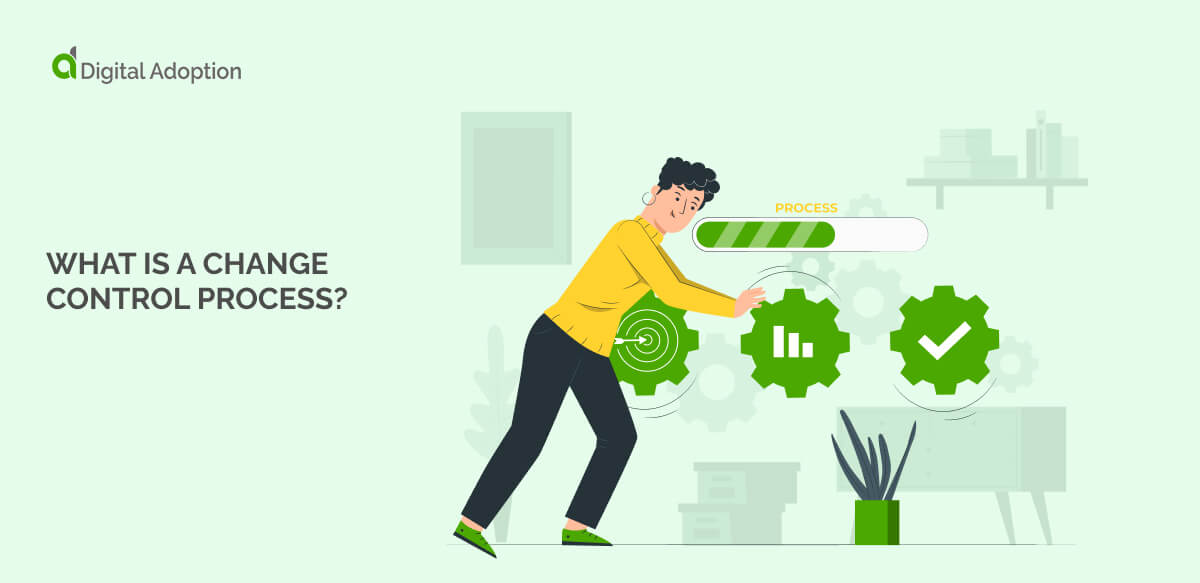Change control process use cases
The change control process can look different depending on the industry, context, and the specific goals of the organization.
While the core principles remain the same—ensuring that changes are carefully managed and aligned with business objectives—the way they are implemented can vary widely across sectors.
Here are three examples of how the change control process can manifest in different business scenarios.
Software development
Scenario: A software company needs to update its application to fix a security issue.
Method: The change control process starts with submitting a request, evaluating security risks, getting approval from senior management, and scheduling the update.
Outcome: The update is implemented successfully with minimal disruption, fixing the security issue and protecting both the company and its users.
Manufacturing
Scenario: A manufacturing plant wants to change to a new supplier for raw materials to improve efficiency.
Method: The change control process includes evaluating the new supplier, reviewing cost impacts, and getting approval from the supply chain and finance teams.
Outcome: The switch to the new supplier is smooth, leading to faster production and cost savings.
Healthcare
Scenario: A hospital is upgrading its electronic health record (EHR) system to a new version.
Method: The change control process includes reviewing how the upgrade will affect patient care, training staff on the new system, and getting approval from hospital administrators.
Outcome: The upgrade improves the management of medical records without interrupting patient care or hospital operations.

